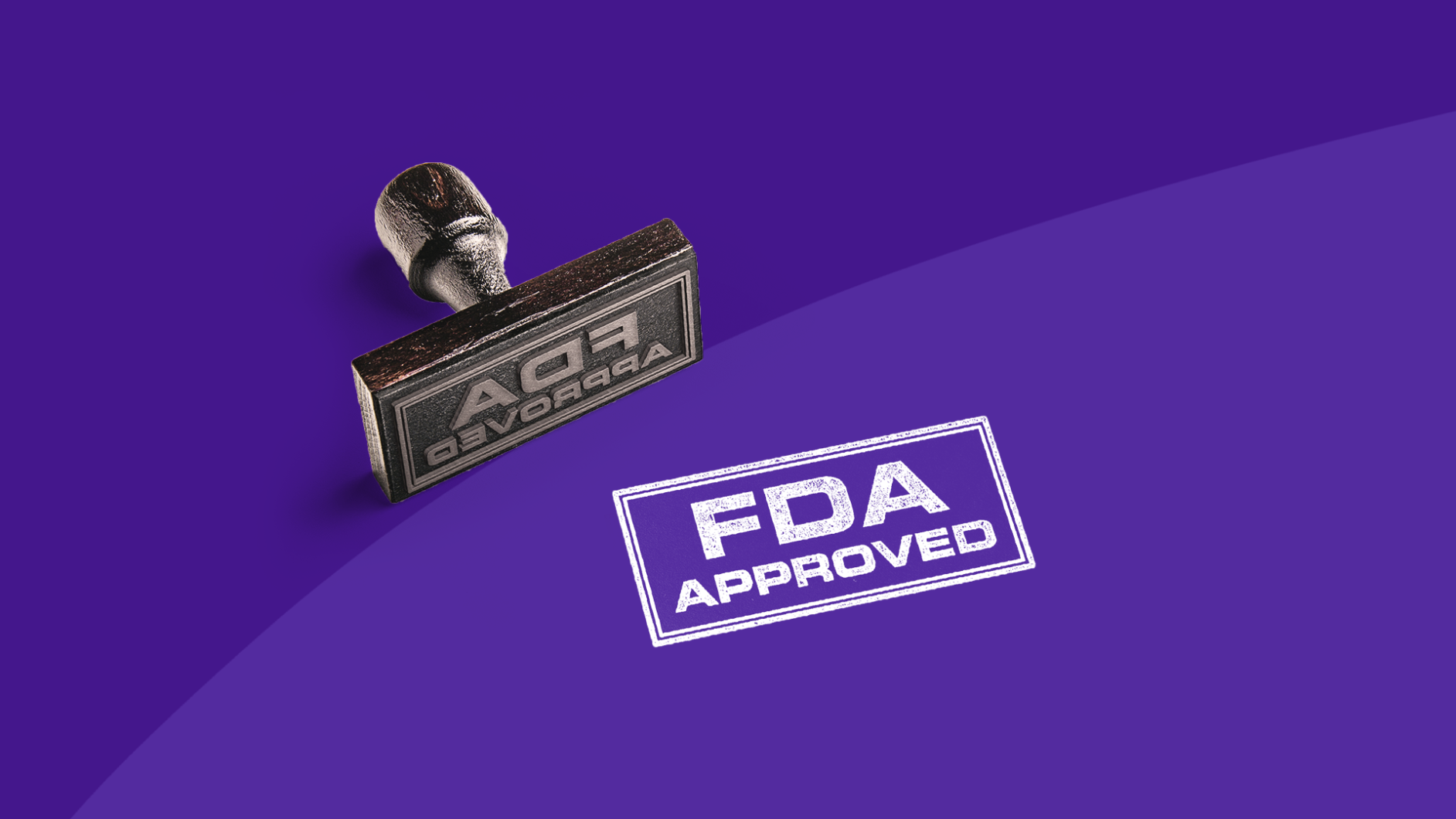On Mar. 15, 2022, the U.S. Food and Drug Administration (FDA) approved Breyna, the first generic Symbicort, a crucial asthma and chronic obstructive pulmonary disease (COPD) treatment. It’s another, more affordable option for people with these common respiratory conditions.
What is Symbicort generic?
Breyna, also called budesonide and formoterol fumarate dihydrate, is a combination medication administered through a metered-dose inhaler. The new generic Symbicort contains an anti-inflammatory corticosteroid (budesonide) along with a long-acting bronchodilator (formoterol). This combination medication works to reduce the swelling in the respiratory system and to open airways—allowing people with asthma or COPD to breathe easier.
RELATED: COPD vs. asthma
Brand-name Symbicort was previously approved by the FDA for asthma in adults and adolescents 12 years and older in 2006, for people with COPD in 2009, and more recently for children with asthma between the ages of 6 and 12. The new generic is approved for individuals with asthma aged 6 years and older, and adults with COPD.
Dosage
While some inhalers are used for acute asthma attacks, Symbicort and the generic are for maintenance use only. “Inhaled corticosteroid medications such as budesonide that are combined with formoterol not only help control asthma symptoms but also reduce the risk of severe exacerbations when used as daily maintenance inhalers,” says Chet Tharpe, MD, dual-certified allergist and immunologist, and medical director at Curex.
Breyna is meant to be used twice a day, or as directed by a healthcare professional, for the purpose of preventing attacks or an increase in symptoms. Like Symbicort, the generic come in two strengths (160/4.5 mcg/actuation and 80/4.5 mcg/actuation).
Side effects
Any drug comes with potential side effects—and often, they don’t affect most people who use the medication. The FDA says common side effects associated with this medication in people with asthma are:
- Nasopharyngitis (swelling of nasal passages and back of throat)
- Headache
- Upper respiratory tract infection
- Pharyngolaryngeal (nose and mouth) pain
- Sinusitis
- Influenza
- Back pain
- Nasal congestion
- Stomach discomfort
- Vomiting
- Oral candidiasis (thrush)
For those with COPD, common side effects include:
- Nasopharyngitis
- Oral candidiasis
- Bronchitis
- Sinusitis
- Upper respiratory tract infection
Allergic reactions are rare but can be life-threatening. Symptoms of hives, difficulty breathing, and swelling around the face, lips, tongue, or throat, require emergency medical attention.
Check in with your healthcare provider whenever starting a new medication and report any new or worsening symptoms.
RELATED: Symbicort side effects
How does Symbicort generic compare to the brand name?
In order to qualify as approved by the FDA, generics have to meet certain standards that attest they work as well as the name brand both in terms of effectiveness and safety. So, while asthma and COPD are chronic conditions, the generic version of Symbicort can help people who might not otherwise have access find relief and treatment.
Why this approval is important
“The FDA approval of budesonide/formoterol (generic Symbicort) is very significant and exciting,” Dr. Tharpe says. “This will decrease the cost and increase the access to this vital medication for many asthmatics.” Brand-name Symbicort can be very expensive. Generic versions of the drug will be more affordable.
RELATED: Symbicort coupons
The FDA director of the Office of Generic Drugs, Sally Choe, Ph.D., agreed, saying in a statement that the “approval of the first generic for one of the most commonly prescribed complex drug-device combination products to treat asthma and COPD is another step forward in our commitment to bring generic copies of complex drugs to the market, which can improve quality of life and help reduce the cost of treatment.” To keep costs to consumers down, there must be a variety of drugs on the market to increase competition.
RELATED: Symbicort alternatives
Asthma, which affects 25 million people, many of whom are children, and COPD, which affects 16 million, impacts people’s lives significantly. Both chronic conditions can be fatal if left untreated. Any increase in access to affordable and safe treatment is a step in the direction of getting people with these conditions to a place where they feel they can live their lives to the fullest.




